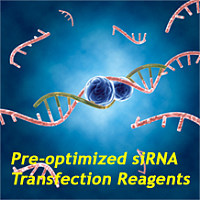In Vitro Preparations for Electrophysiological Study of Peptide Neurons and Actions
互联网
554
The value of in vivo electrophysiological studies for revealing information about peptidergic neurons and peptide actions has been discussed by Ferguson and Renaud in this volume. Nevertheless, carrying out pharmacological studies in vivo raises a number of problems with respect to both interpretation of data and the ease with which data can be obtained. In particular, the following considerations pertain to working in vivo: (1) the use of anesthetics is often required and their presence may alter the neuronal responses to peptide application; (2) it can be very difficult to manipulate the environment of the cell in order to differentiate between, for example, pre- and postsynaptic effects or to determine the ionic fluxes underlying a peptide action; (3) it is difficult to perform intracellular experiments because pulsation caused by blood pressure and respiration make it difficult to keep the electrode in the cell. Because of these problems, some investigators have turned to simpler in vitro animal models, such as the Aplysia , a marine mollusc, the utility of which is described by Murphy and Lukowiak elsewhere in this volume. The evident success achieved by investigators using simple invertebrate preparations has prompted a general movement over recent years to simpler in vitro neuronal preparations for the study of peptide actions in vertebrate tissue.








